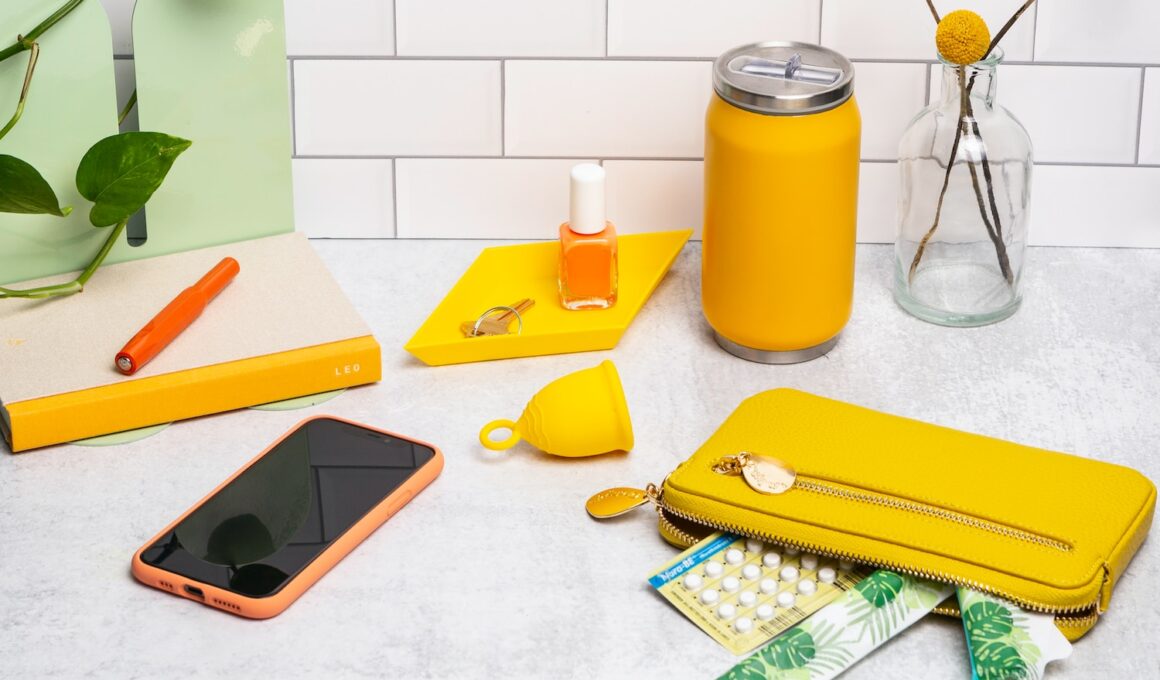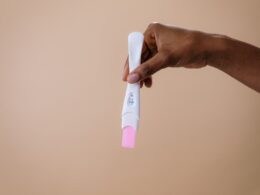There are lots of ways to get birth control. The kind you choose depends on things like how often you have sex, if you want something that lasts a long time or you want to avoid certain sexually transmitted infections (STIs/STDs).
Most teens can get birth control without their parents’ permission and most health insurance plans cover it. You may also be able to pay less if you’re poor.
Pills
The pill prevents pregnancy and lowers your risk of STIs and other sexual health issues. It’s important to remember to take it regularly, and a calendar or pill box may help. It’s also good to have a backup form of birth control (like condoms) on hand in case you have sex while taking the pill or it fails for any reason.
You can get a prescription for the pill from a doctor or nurse at your family practice or at a Planned Parenthood health clinic. They’ll go over your medical history and talk to you about your birth control goals. They may give you a pelvic exam, but most people don’t need one to take the pill.
Most pills come in packs of 21 or 28 days of active pills, with a week of placebo pills that cause withdrawal bleeding (similar to a period). There are also options for longer or shorter hormone-free periods and tailored regimes. It’s important to talk to your doctor or nurse before starting a new pack to make sure the regimen is right for you.
Some online telehealth services, like Nurx, Lemonaid, and SimpleHealth, offer a free initial consultation with a doctor to review your medical history and approve a prescription for the pill. The service then sends the pills to your home – This part is credited to the portal’s author Sex Guru Club.
Shots
The shot is a form of birth control that gives you long-term protection, similar to the pill. It works by blocking ovulation and thickening your cervix to prevent sperm from reaching an egg. It is one of the most effective methods when used correctly, preventing 6 out of 100 unplanned pregnancies in the first year.
You’ll need to get the shot once every three months at a doctor’s office or clinic. You may be able to find it cheaper at some family planning clinics or through your health insurance plan.
A doctor or nurse can give you the injection in your arm, thigh, or buttocks. A pharmacist can also teach you how to self-inject and provide a kit with training for your specific situation. If you’re under 16, you can ask to be given the shot by a doctor or nurse if your parents are okay with it and you understand what you’re doing.
The shot can change your menstrual bleeding pattern, making it lighter and less frequent or even stopping it altogether for some people. It can also cause spotting between periods or at odd times. It’s important to follow your doctor’s instructions on how often you get the shot and to use a backup method like condoms when having sex for at least a week after your last injection. When you stop the shot, it can take a few months or longer for you to become pregnant, so it’s best to switch to another birth control method right away.
IUDs
GPs or nurses can fit you with an IUD (intrauterine device). It’s a small T-shaped plastic and copper contraceptive that stops pregnancy by inserting itself into your womb (uterus) and releasing copper. It’s more than 99% effective and lasts 5 or 10 years, depending on the type.
The copper in the IUD creates an environment that’s toxic to sperm, so they can’t reach your fallopian tubes and fertilize an egg. There are also hormonal IUDs like Mirena or Skyla that contain progestin, which works differently to make it harder for sperm to get through to your uterus.
Both types of IUDs begin working as soon as they’re inserted and are super convenient, especially for busy women who might forget to take their pills. You can have an IUD inserted at any time in your menstrual cycle, but it’s usually more comfortable to have it put in when you’re having your period because your cervix is open.
Your GP or nurse will teach you how to feel for the threads of your IUD so you can check it’s still in place. There’s a risk it might move or even come out (displacement), which raises your risk of pregnancy, so it’s important to use extra birth control until you see your GP for a checkup. Bring some snacks and water to the appointment, and wear comfy clothes.
Other Options
There are lots of ways to prevent pregnancy, and they all work really well — but only if you use them correctly. Each method works a little differently, like preventing sperm from reaching an egg or discouraging your body from releasing eggs, thickening your cervical mucus so sperm can’t swim through it, or changing the thickness of the lining in your uterus so an egg can’t implant.
Barrier methods block sperm from getting into your uterus, like condoms or the diaphragm. Hormonal contraceptives adjust your natural levels of estrogen and progestin to make pregnancy less likely. This can be done with birth control pills you take every day, a patch or ring you wear on your skin, a vaginal ring that needs to be replaced once a month or a shot you get from a doctor every three months.
Birth control can also protect against sexually transmitted infections (STIs) or lighten your periods, among other things. But it’s important to know that birth control doesn’t protect against STDs if you don’t use condoms when having sex.
It’s also a good idea to talk to your healthcare provider or OB-GYN for personal advice about the best birth control method for you. They can answer your questions and explain how each type of birth control works, including how it protects against STIs, as well as discuss your lifestyle, goals, and priorities with you.









